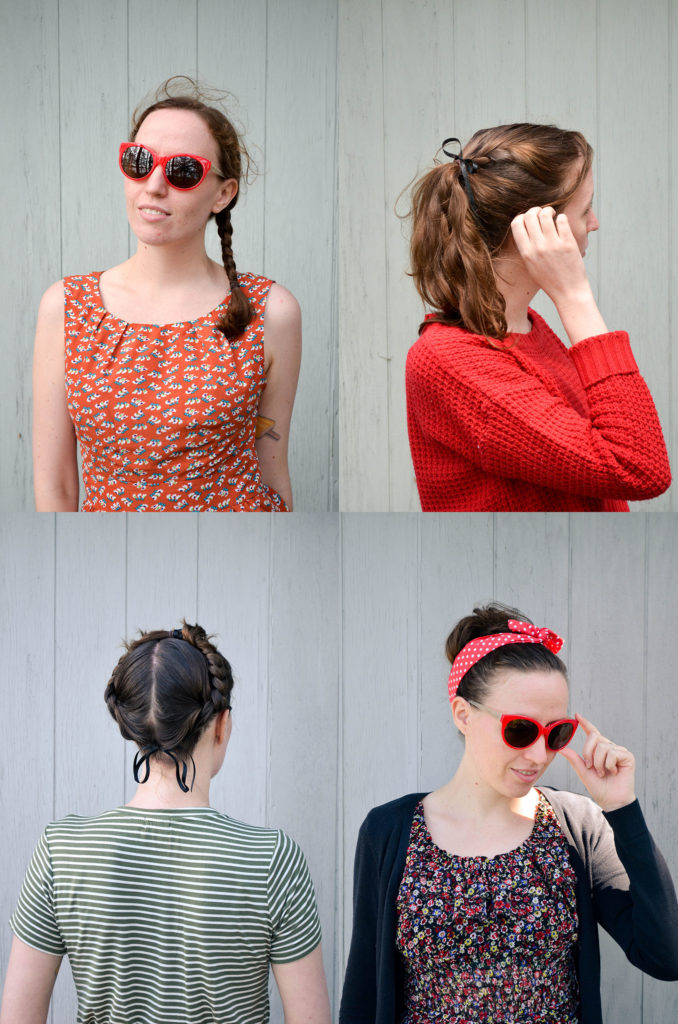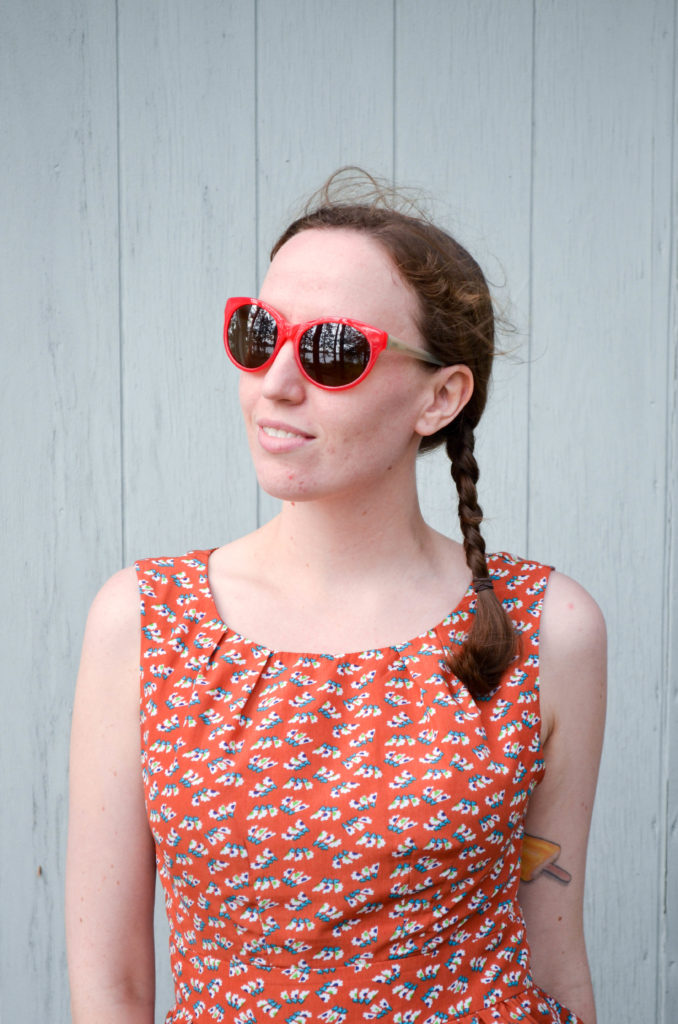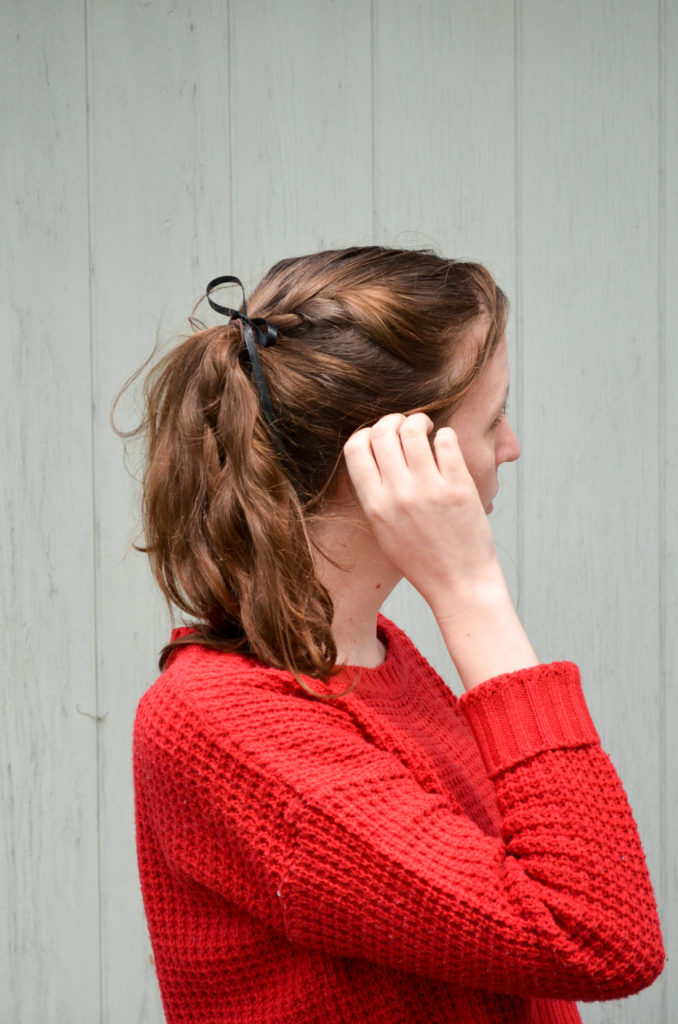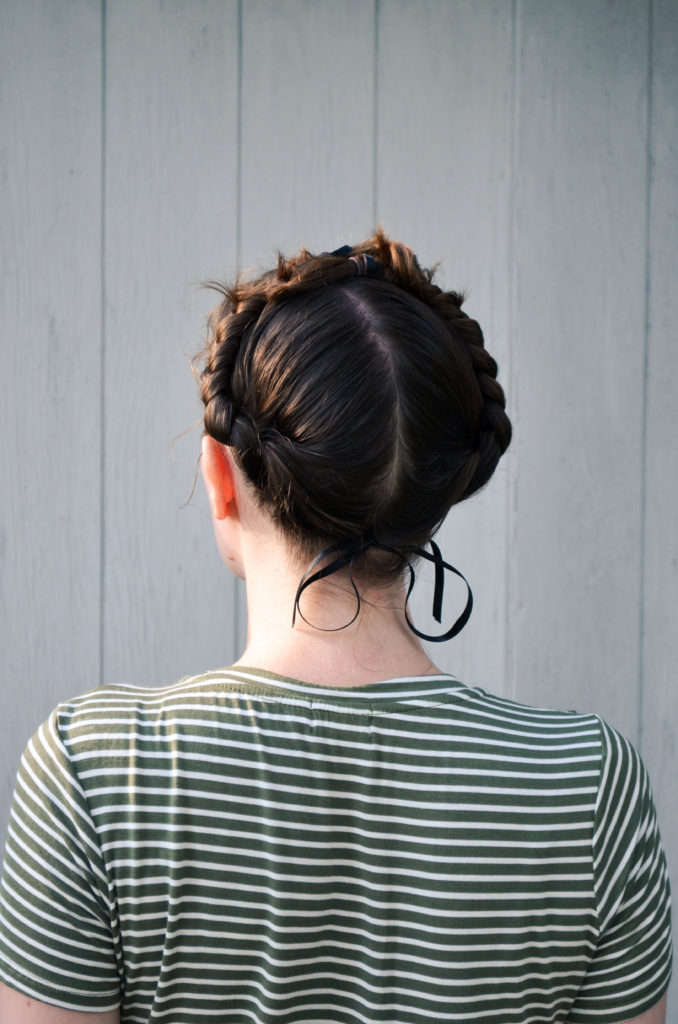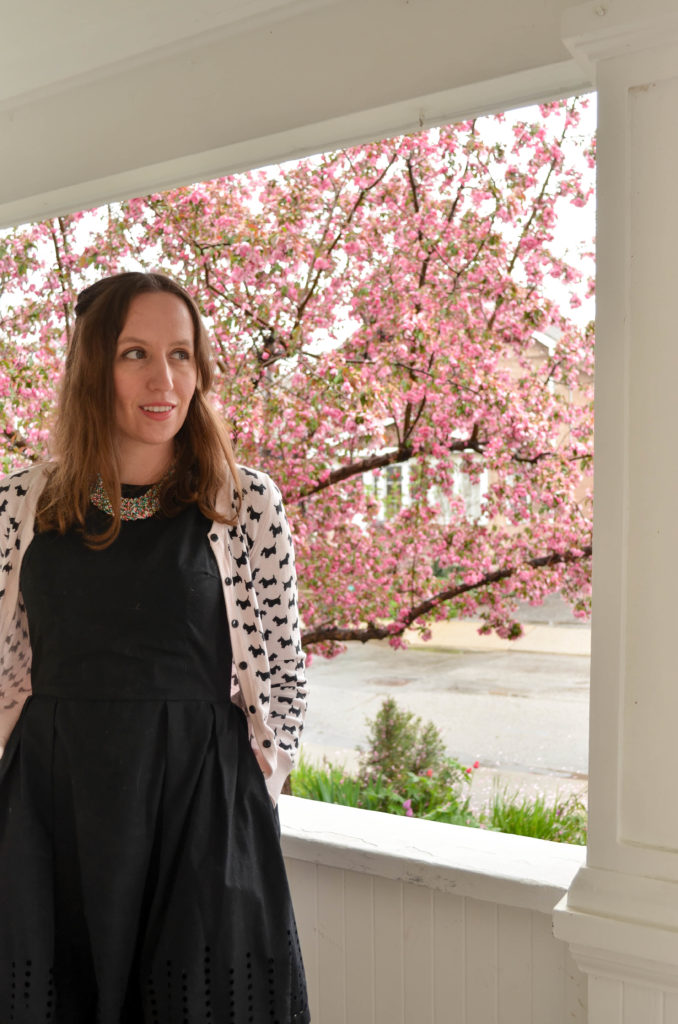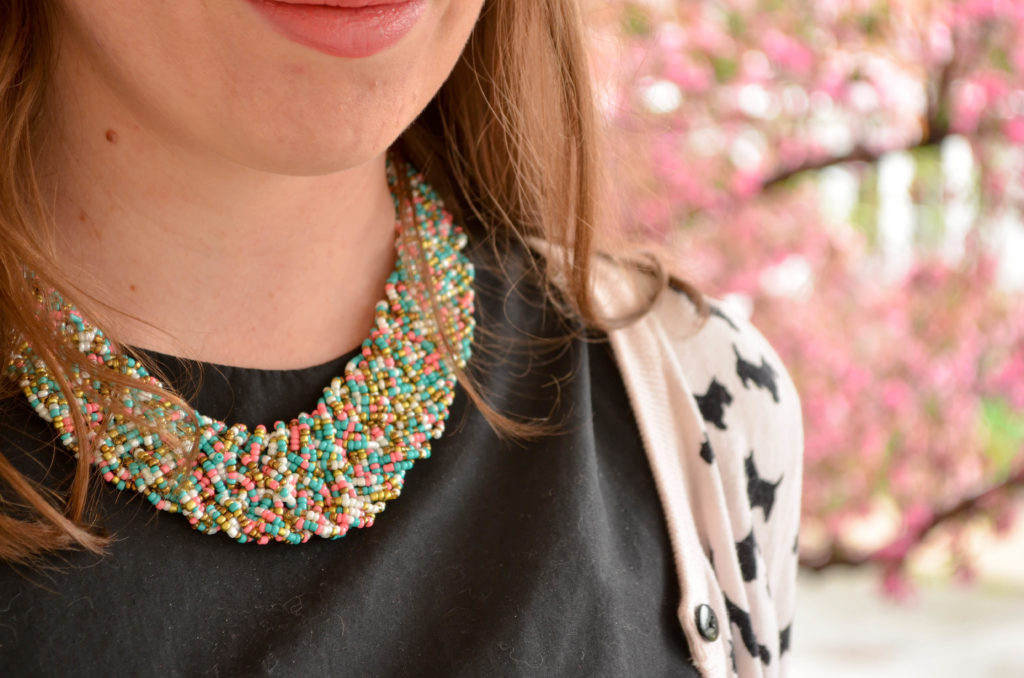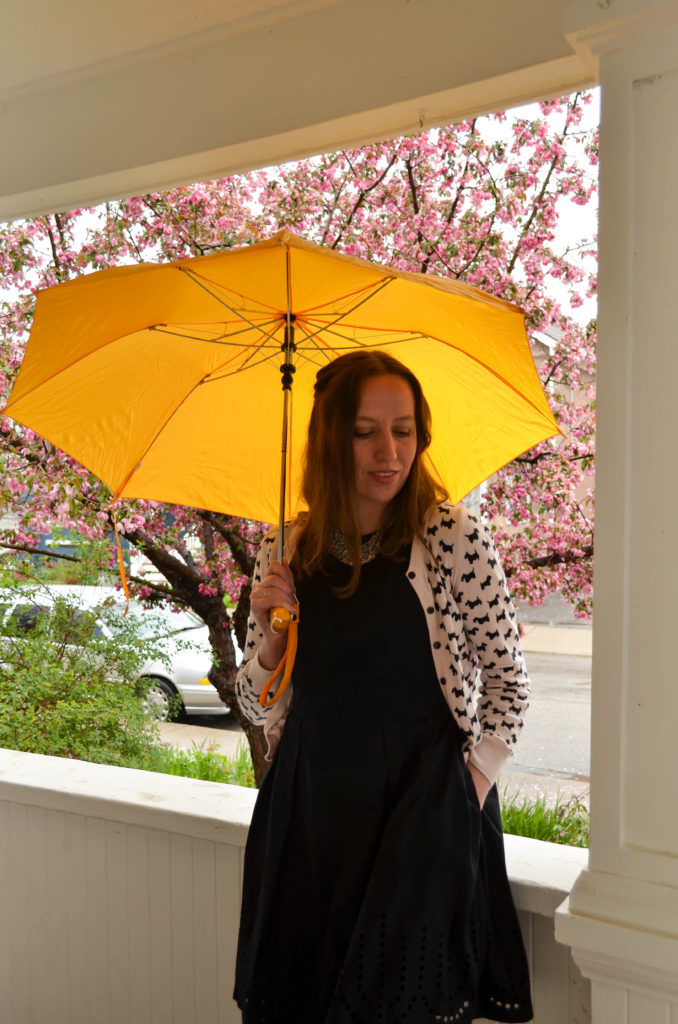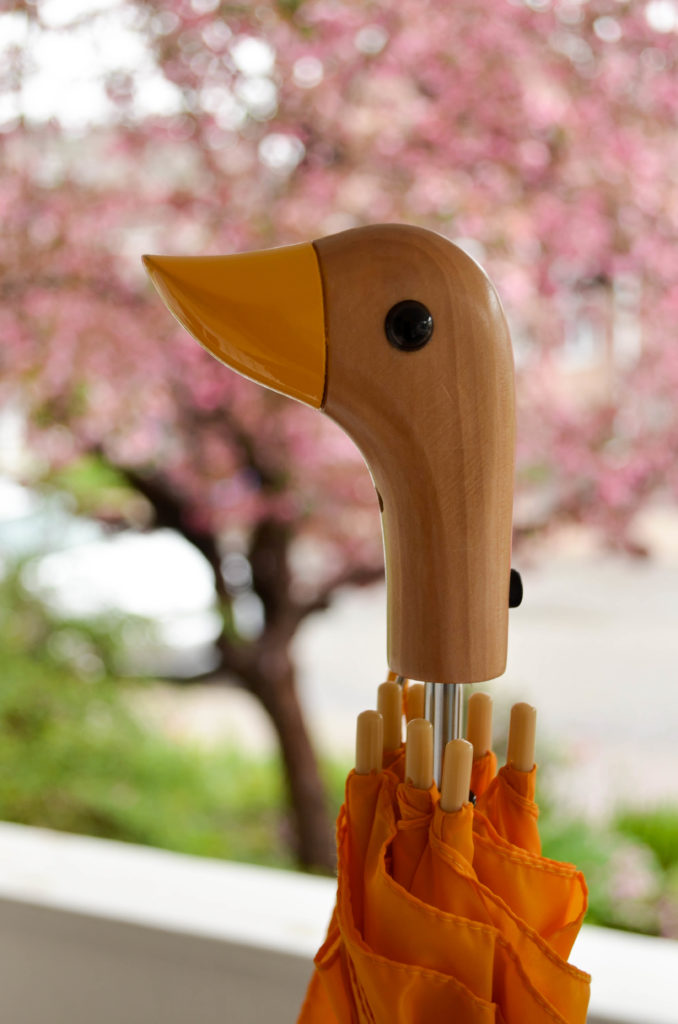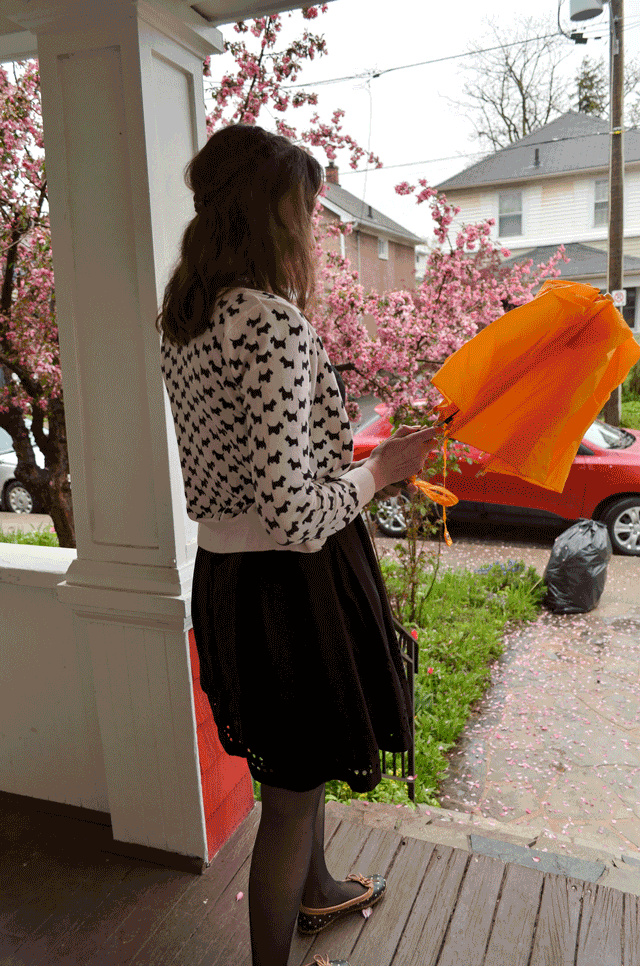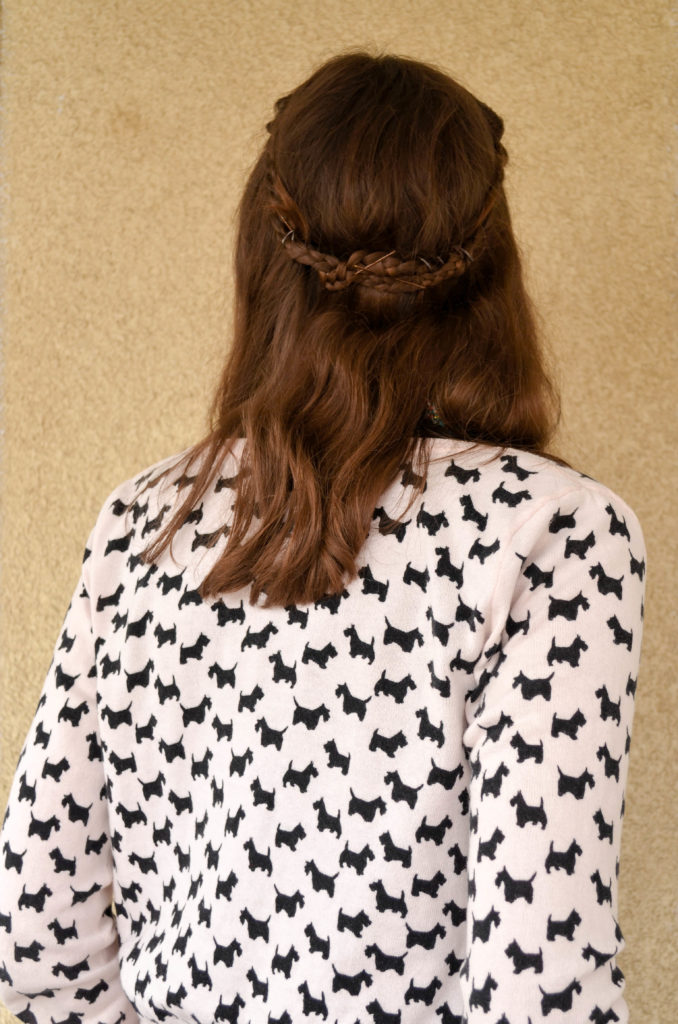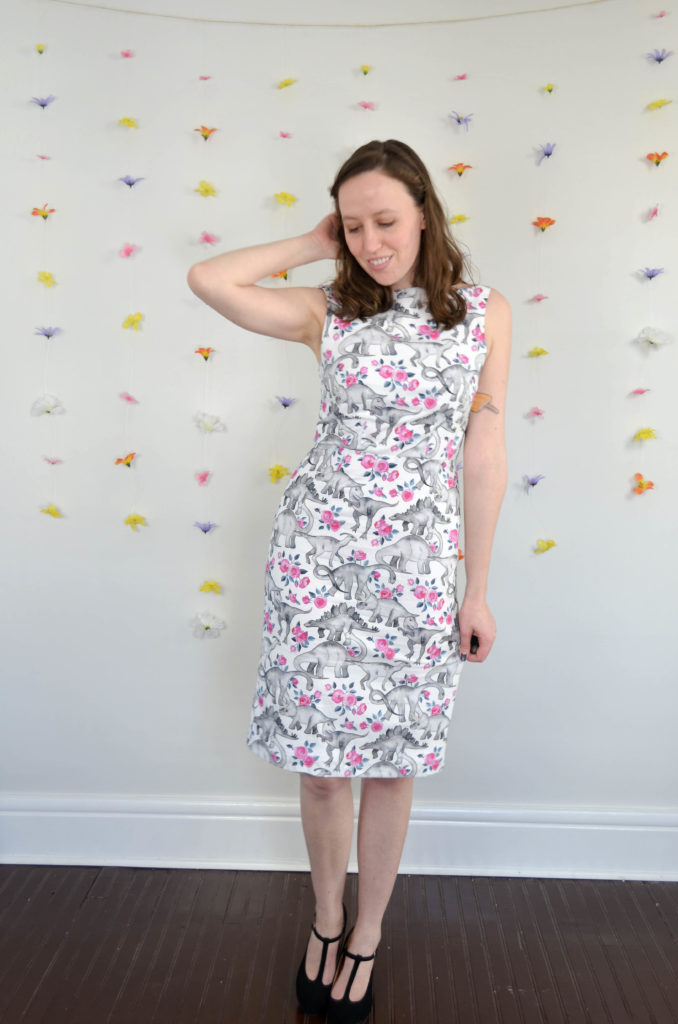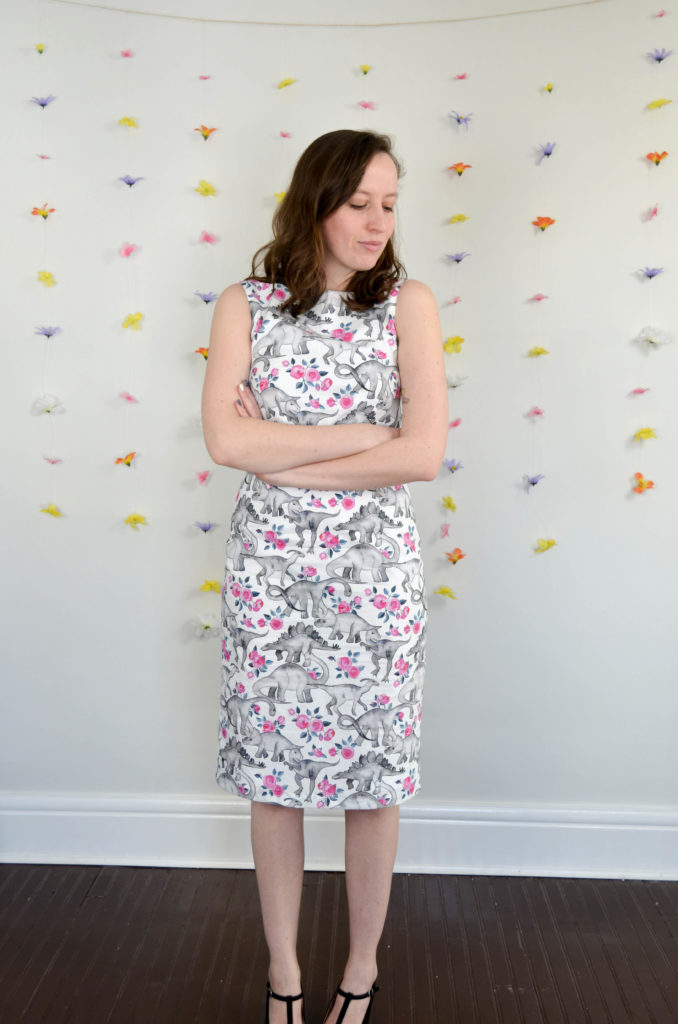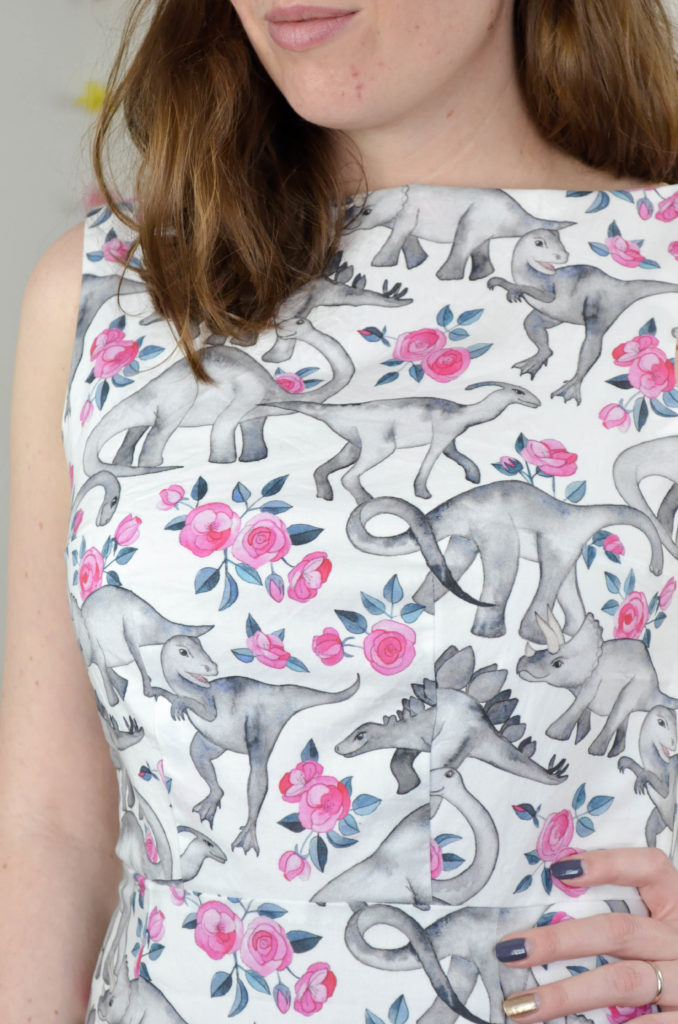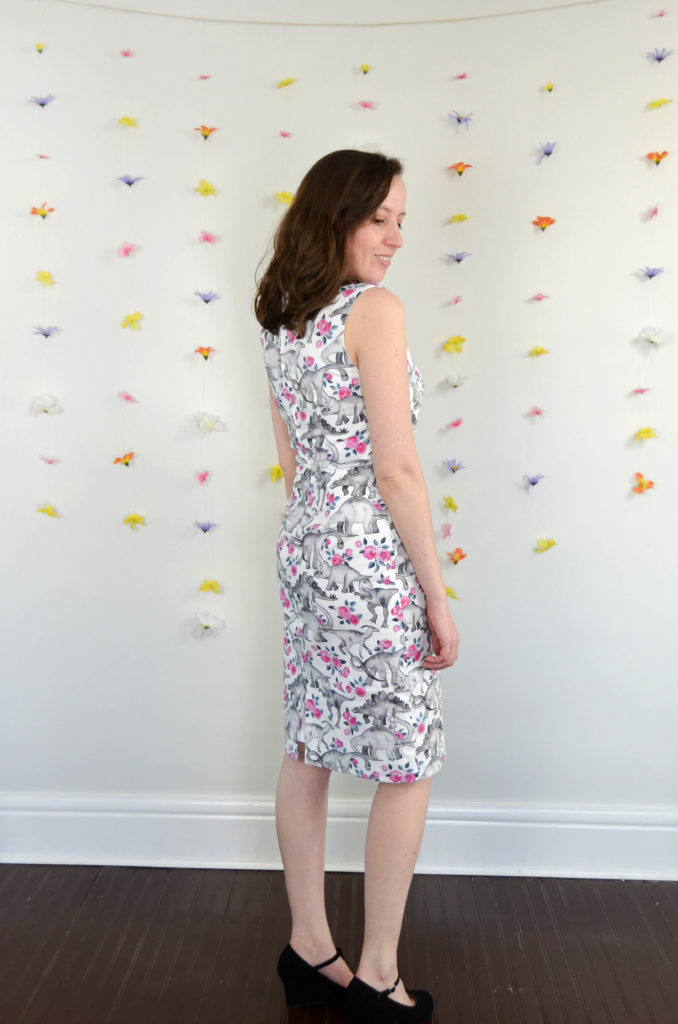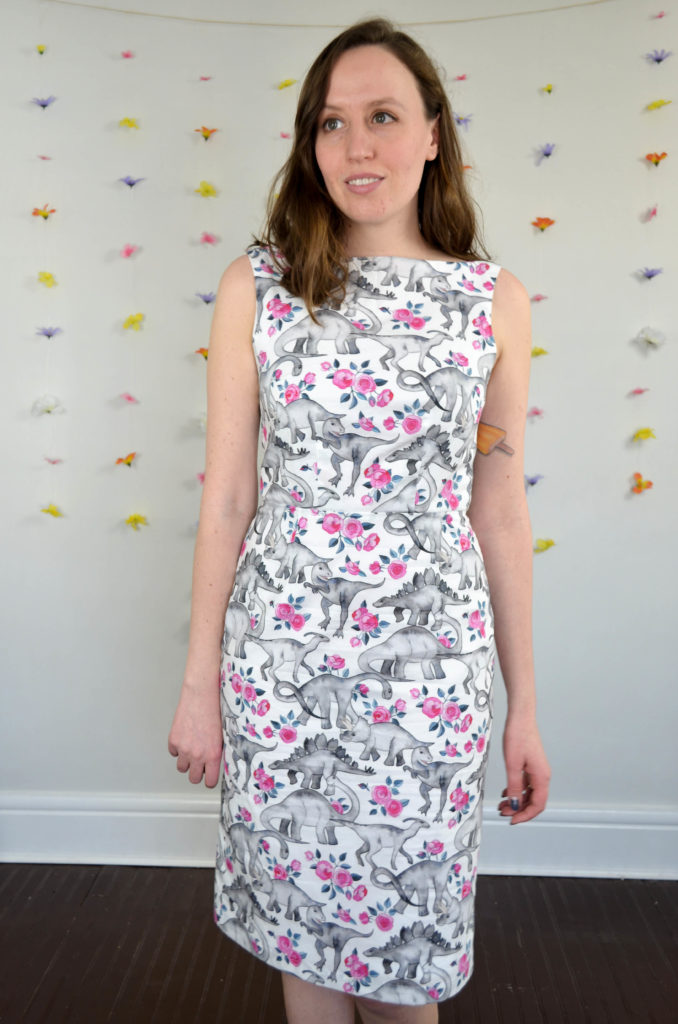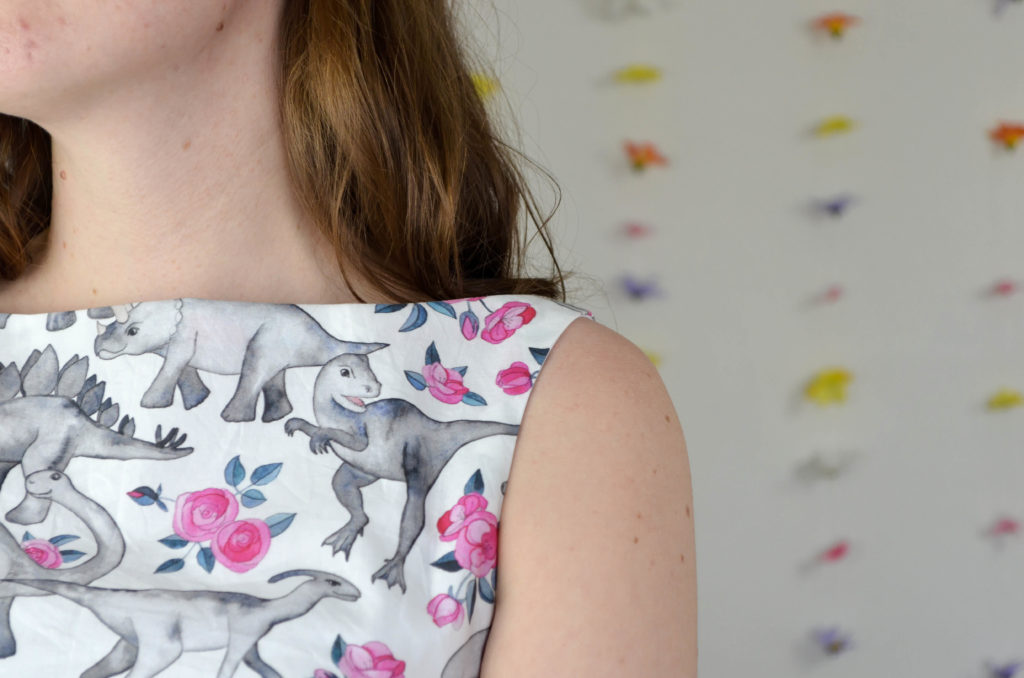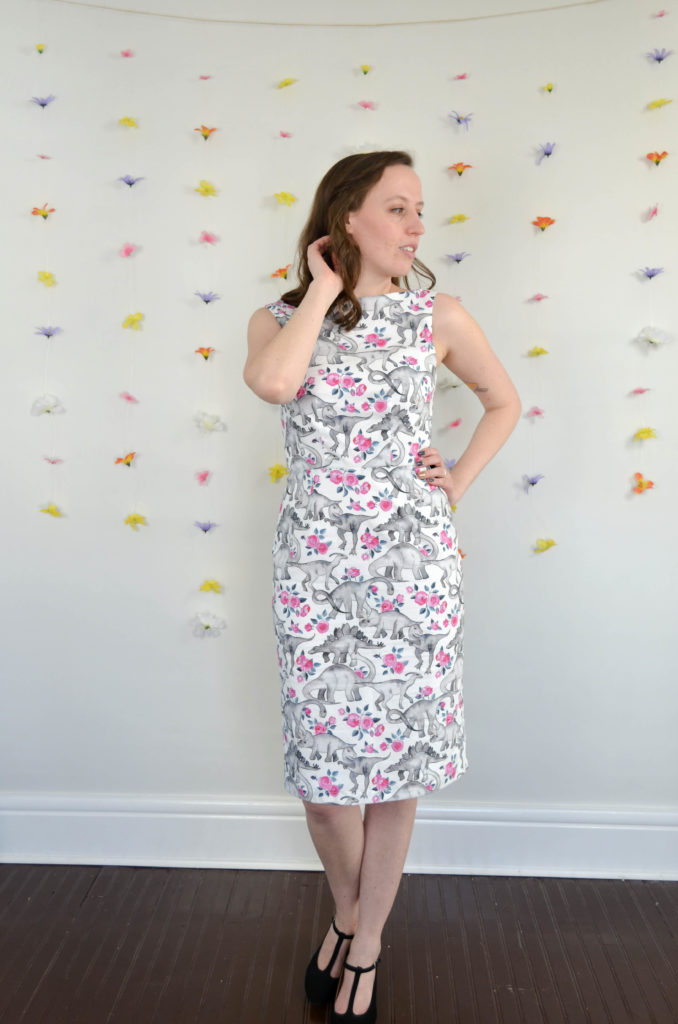I’ve previously written about the handmade/artisan market application process from the point of filling out the application. That’s the easy part. Today I’m going back to the beginning and talking about how you decide which markets to apply to in the first place.
Applying to a market is the same as committing to do the market. All (good) markets state in their contracts – which you must sign at the time of application – that should you be accepted, you agree to pay the fees and attend the market. This can frequently mean planning to devote huge amounts of resources to an event that you know very little about.
Applications to a market can go up as early as seven or eight months before the actual event. It’s one of the first things organizers need to get done, after booking the venue and making some-sort of website to advertise and host the applications. At this point in the market planning process, there can be a lot of unfulfilled intentions for the organizers and a lot of unknowns for you.
A good market application website, or mass email invite, will provide some information, like date and location, some stats, a mission statement of sorts, a link to a website, and an idea of the marketing language and imagery, but not much else. Finding and figuring the rest of the information is up to you. This can be very tricky for a maker new to their craft or new to selling at these big events, and, if you are anything like me, you will make a lot of mistakes and bad judgements before you get the hang of it.
Here are some of the red flags I’ve noticed in my four years of doing artisan markets. These early giveaways almost always guarantee a market will be bad, resulting in poor turn out and small-to-no profit for your time and effort.
The Market Stats are Estimates
When a market, especially one that’s been around for awhile, gives you a projected estimate of how many shoppers they expect, in place of real statistics gathered and averaged over the years, this number tends to be a result of wishful thinking and not something they can actually deliver on the day. New markets are an exception, but you should always take their estimates with a grain of salt.
They Don’t Limit Vendors by Category
Don’t be afraid when you see that the market organizers will be curating, limiting, or wait-listing. This is a good thing. This means that when you get in, the market will have healthy competition and won’t be over run with popular categories, which can end up being bad for everyone. I’m lucky in that my category is not very common. The best markets I’ve ever done have had 3-5 other clothing vendors, with differing styles or techniques. The worst markets have been the ones where I’m the only clothing vendor and completely out of context among the 7 soap makers, 3 additional bath and body vendors, and 11 jewellery designers all vying for attention.
They Allow Re-sellers in a Handmade Oriented Market
This is the number one determiner for a bad market! When I say re-sellers, I’m talking about people involved in “direct selling” schemes, or as I call it from atop my high horse, pyramid selling. Organizers will get desperate, greedy, or are just plain ill-informed, and allow these people in. Not only are they hard for people who make all of their own products (and all of their packaging, branding materials, etc) to compete with, they seem to lower the prestige of the market. Their products are often of lower quality and the people designing and producing the stock for them to sell don’t have the same ethical and environmental concerns and standards that a small, local maker has. People come to these events to support what we do, they are happy to pay us what we are worth. They don’t want to see this. Not here, not now.
A good way to tell if a market will allow direct sellers is that they will say somewhere in the application info that they will be limiting the number people who resell Scentsy, Sweetlegs, etc.
The Market is not the Main Event
This took me the longest to notice. I didn’t piece the trend together until a few weeks ago. It looks so obvious now; the best markets I’ve ever done have been purely a shopping event and the worst markets I’ve ever done have been tacked on to something else, like a street festival, fashion show or food truck fair. Another insidious sign, can be a market that plans workshops or children’s activities. It feels like the organizer wasn’t confident the vendors could draw people in on their own. In my experience, it actually reduces turn out and restricts demographics.
I image it could be different if you are selling food at a food festival, or children’s products at a children’s event, but the worst market I’ve ever done, was at a fashion show…. When an organizer does this, people don’t come for the vendors. They come for the event and maybe do a quick lap around the vendors, but they have no intention to actually stop and shop.
The Contract Doesn’t Forbid Early Tear Down
If a market goes badly, and there is no language in the contract prohibiting early tear down and pack up – followed by strict threats of being blacklisted for breaking this rule – less professional vendors will leave early. This creates unappealing gaps in once neat lines of vendor booths. The few people still shopping will think the market is over and leave before seeing every artisan still hanging on. Once one vendor (or an organizer!) starts packing up, they cause a chain reaction of others willing to cut their losses and throw in the towel early.
The Application Doesn’t Require Photos of Your Setup
This one is more of an orange flag. The very best markets will ask for examples of your typical booth layout so they can neighbour you with other vendors that complement or give intriguing contrast to your look, styling and branding. Most market organizers actually don’t think to ask about this, but still seem to put some thought into not pairing two competing category vendors next to each other or doing something silly like sandwiching a maker of vegan products between butter and leather artisans. But hey, I’ve seen some things that have made me think the organizers just tossed everyone in randomly. Poor planning like this from an organizer can be harder to predict ahead of time so when paired with other red flags on this list, I take this one more seriously.
The Name/Branding/Website is Bad
If you don’t like branding, don’t understand the name or can’t navigate the website, run. Your target demographic is going to feel the same way and things aren’t going to improve as the market approaches. Definitely don’t apply to a market that doesn’t have a website or at least a very strong social media presence.
The Location is Bad
If you have to look the venue up on a map and then can’t find it on street view, it’s a bad venue. Another thing to take into account is how the people who connect with your brand and products travel. Are they college kids who rely on public transportation? Don’t apply to a market in the middle of nowhere.
There’s No Fee
This seems like a great thing when you’ve never done a market before and have a lot of investments to make in something with no guarantee of return. But take a minute to consider all the time and money an organizer puts into pulling off a successful market. They have to book a venue, buy insurance, market the event and put together and process the applications, just to name a few. A good amount for a first time market to charge for a one day event (in my area on the edge of the golden horseshoe in Ontario) is $50-$75. An established market in a prime location can charge from $120-$200 for one day, but you’re going to get a lot more for that money. This organizer’s experience and reputation will draw a greater attendance. The best and biggest market in my area goes all out and provides a two day “upscale shopping experience” that brings out well-to-do women who shop like it’s a sport. They charge $250-$300.
The Booths are Small
Most markets will sell 10×10 foot booths where you bring your own tent. Some will offer smaller, less expensive spaces for vendors who make smaller, less expensive products, makes sense. Some indoor markets will sell 8×8 booths, which you can scale down so somewhat easily when you don’t have to worry about uneven ground, mud and other obstacles that comes with outdoor markets. Anything smaller than that, more than being difficult to adapt your tediously planned and perfected setup to, shows a real lack of knowledge and experience on the part of the organizer.
You Learn about the Event from a Last Minute Invite
Think twice about applying to a market that sends you an email inviting you to apply after the deadline for applications has passed.
There you have it. I wouldn’t say I sit down with a checklist every time I research a new market, but these are definitely things that when I see, I give a second thought about sending in my application. There are of course exceptions to these rules, but I have found them to be very good indicators, months out, of whether a market will be worth my time, work, and money. Of course, if you do see these signs, or are unsure of anything when looking into a market application, don’t be afraid to ask the organizer for more details!
